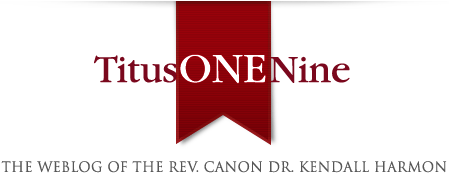Trends in liturgical revision since the late eighteenth century have moved away from the simplicity of this approach back toward the medieval model of more movable parts and more options in the discretion of the presiding minister. The proliferation of options, rather than being freeing, paradoxically tends toward choice paralysis. ‘Having choices is actually rare in the 1662 Book of Common Prayer’, as Sam Bray and I wrote in How to Use the Book of Common Prayer. ‘Later prayer books have a huge number of choices, making them complicated to use.’ In Morning and Evening Prayer in the 1662 Prayer Book, ‘the only choices you make are about the sentences and the canticles’ and, in both of those cases, the different ‘options serve the same function in the service.’2
The simple, usable design – the commodiousness of the use, as Cranmer put it – reinforces its profitability or usefulness to the praying Christian. A simple structural pattern recurs throughout the Prayer Book: a scripture is read aloud to the assembly and they respond appropriately, in several key places, like the daily confession of sin, by simply doing just what the scripture read aloud says to do. This pattern carries a clear meta-message about the holy scriptures: that they ought to be heard, that their core message is comprehensible, and that they require humble, grateful, obedient response. By scripting the appropriate response – in this case, the confession of sin – the liturgy inculcates its users in a transformative approach to scripture reading that minimizes the risk that God’s word will be profaned.
If reducing options enhances usability then one might conclude that printing a complete service booklet for each unique service, thereby eliminating from view any options that are not used for that particular occasion, is ideal. Moreover, the booklet eliminates the need to flip to proper collect of the day, the Psalms, or look up the scriptures for the day. From the narrow point of view of usability for a novice user in one particular church service, yes, the booklet is better. But the analysis that leads to that conclusion focuses too narrowly on one particular occasion and one particular kind of user – the novice user. But the Prayer Book is not just a manual for ministers planning Sunday morning worship; it has historically served as the rule of life for all Anglicans. Our aim for novice users is not just to facilitate easy participation in one particular service on one particular Sunday, but to draw them into the Prayer Book, to facilitate their familiarity with the Prayer Book and help them discover its value beyond the Sunday morning church service. Printing complete booklets for every service puts us on a trajectory away from those goals in at least three mutually reinforcing ways.
Read it all.
